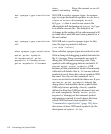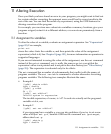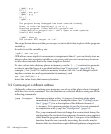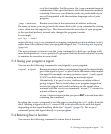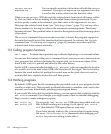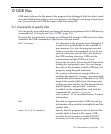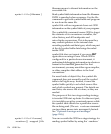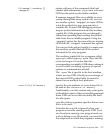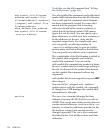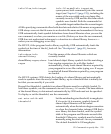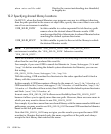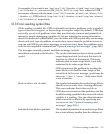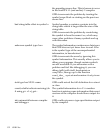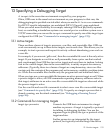filename means to discard information on the
executable file.
symbol-file [ filename ]
Read symbol table information from file filename.
PATH is searched when necessary. Use the file
command to get both symbol table and program
to run from the same file.
symbol-file with no argument clears out GDB
information on the symbol table of your program.
The symbol-file command causes GDB to forget
the contents of its convenience variables, the
value history, and all breakpoints and
auto-display expressions. This is because they
may contain pointers to the internal data
recording symbols and data types, which are part
of the old symbol table data being discarded
inside GDB.
symbol-file does not repeat if you press RET
again after executing it once. When GDB is
configured for a particular environment, it
understands debugging information in whatever
format is the standard generated for that
environment; you may use either a gnu compiler,
or other compilers that adhere to the local
conventions.
For most kinds of object files, the symbol-file
command does not normally read the symbol
table in full right away. Instead, it scans the
symbol table quickly to nd which source files
and which symbols are present. The details are
read later, one source file at a time, as they are
needed.
The purpose of this two-stage reading strategy
is to make GDB start up faster. For the most part,
it is invisible except for occasional pauses while
the symbol table details for a particular source
file are being read. (The set verbose command
can turn these pauses into messages if desired.
See “Optional warnings and messages”
(page 284).)
symbol-file filename [
-readnow ] [ -mapped ], file
You can override the GDB two-stage strategy for
reading symbol tables by using the `-readnow'
126 GDB Files



